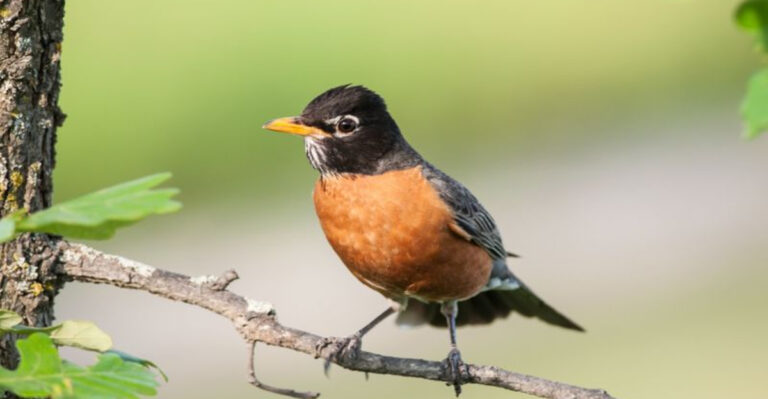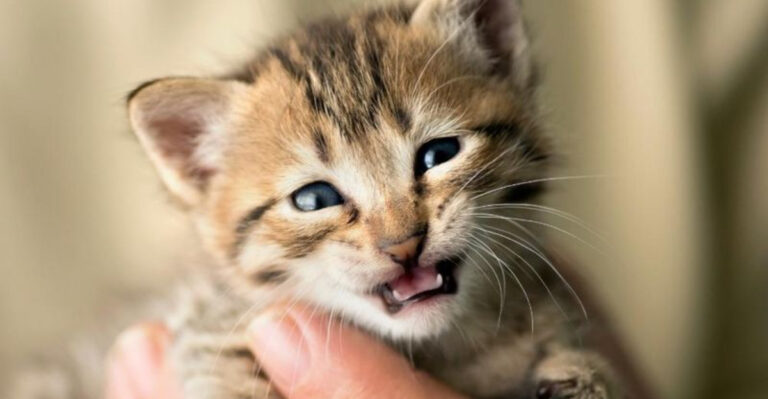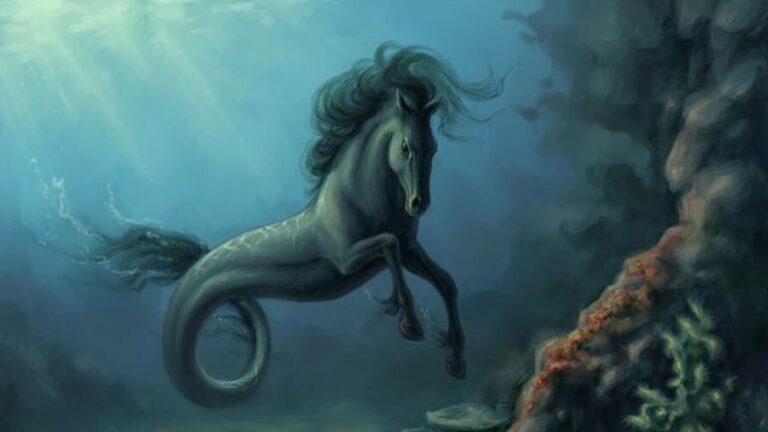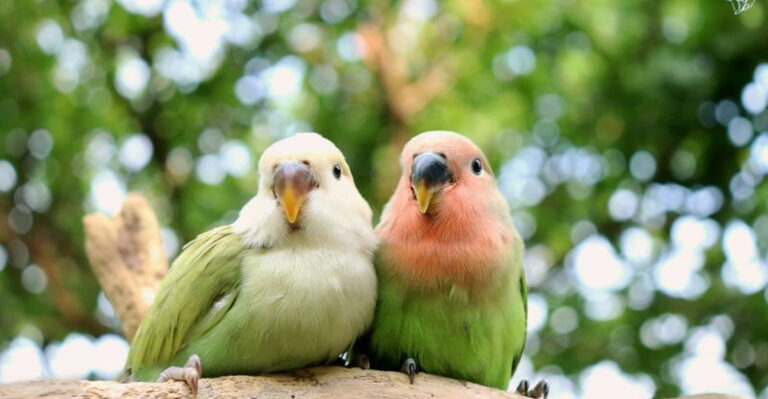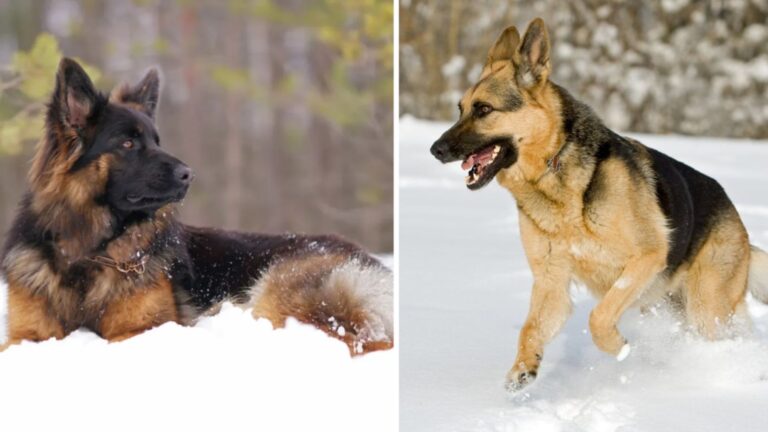These Are The 12 Animals That Astonished The First Settlers To America
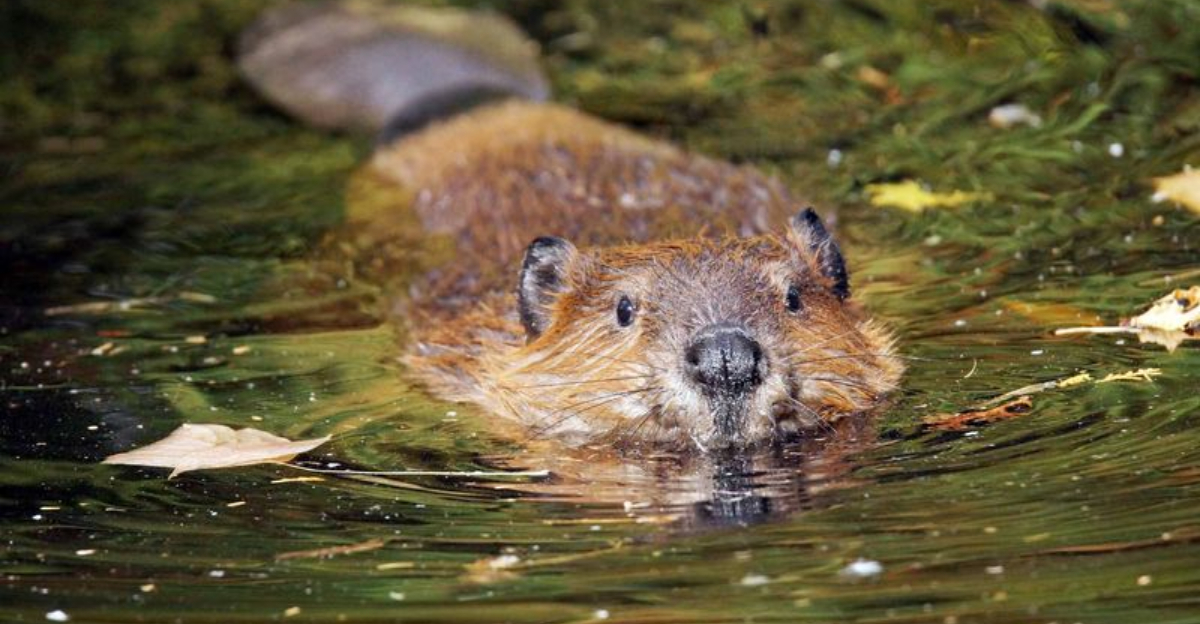
When European settlers first arrived on American shores, they encountered wildlife unlike anything they had ever seen before.
These strange and magnificent creatures both terrified and fascinated the newcomers, challenging their understanding of the natural world.
From massive bison roaming the plains to clever raccoons raiding their camps, these animals represented the wild, untamed spirit of the New World that settlers were just beginning to comprehend.
1. Eastern Gray Wolf
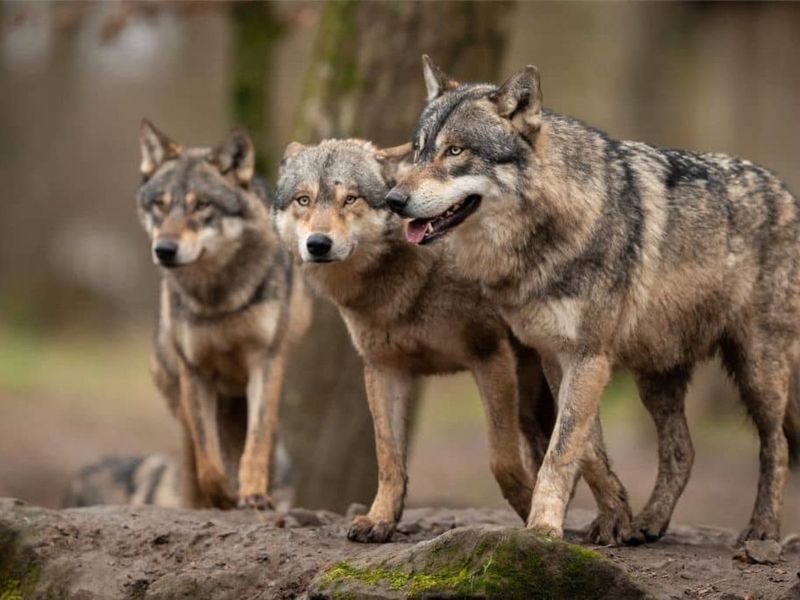
Haunting howls echoed through colonial forests, sending chills down settlers’ spines. European wolves were feared predators, but America’s Eastern Gray Wolf proved even more formidable with its impressive size and striking silver-tipped fur.
Colonists witnessed these intelligent pack hunters working together with military precision. Their coordinated hunting tactics and family bonds fascinated and frightened newcomers who soon placed bounties on these magnificent predators, beginning centuries of persecution.
2. White-Tailed Deer
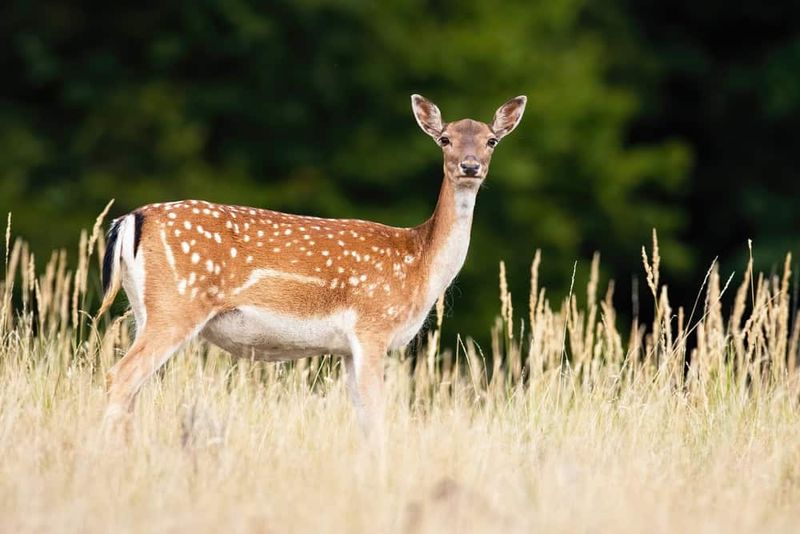
Graceful and abundant, these nimble creatures captivated settlers with their distinctive white flags flashing through the forest. Unlike European deer species, white-tails displayed remarkable agility, capable of leaping eight feet high and covering distances of 30 feet in a single bound.
Settlers quickly recognized their value as a food source. The deer’s seasonal color changes—reddish-brown in summer, grayish-brown in winter—provided natural camouflage that impressed newcomers who soon adopted similar principles for their own hunting clothes.
3. Bison
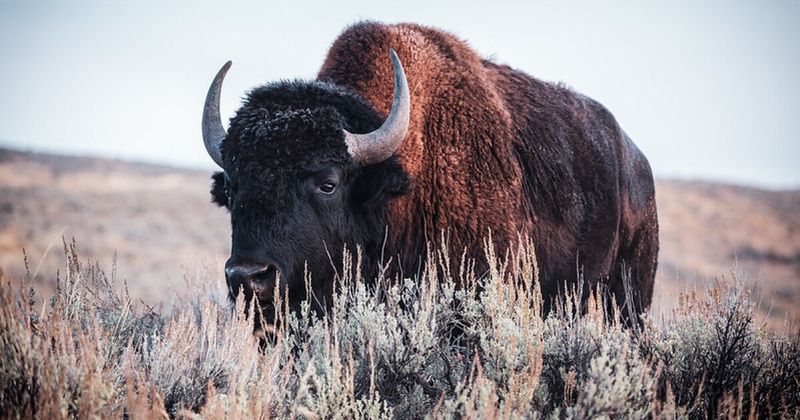
Nothing prepared European settlers for their first glimpse of these massive beasts. Weighing up to 2,000 pounds and standing six feet tall at the shoulder, American bison appeared like monsters from another world, thundering across plains in herds so vast they darkened the horizon.
Colonists marveled at how Indigenous peoples utilized every part of these animals—meat for food, hides for shelter, bones for tools. The seemingly endless herds symbolized America’s abundance, though settlers would later push them to near extinction.
4. Black Bear
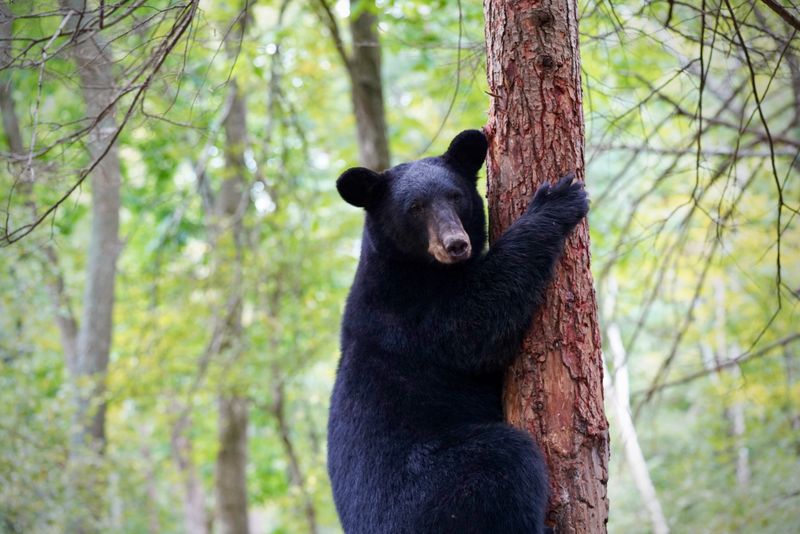
Settlers’ journals frequently mentioned encounters with these powerful omnivores. Unlike Europe’s brown bears, the American black bear displayed surprising climbing abilities, scaling tall trees with remarkable speed when threatened.
Colonial families learned to secure their food supplies after witnessing bears’ problem-solving intelligence and dexterous paws. Native Americans’ reverence for these creatures confused many settlers, who initially viewed them only as threats or resources rather than respected forest dwellers with complex behaviors.
5. Wild Turkey
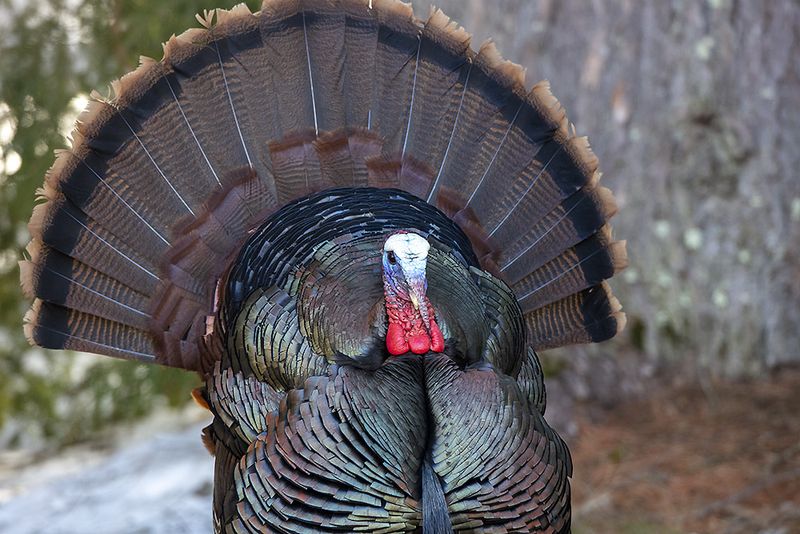
Far from the domesticated birds Europeans knew, America’s wild turkeys impressed settlers with their surprising intelligence and elusiveness. These magnificent birds could run at speeds up to 25 mph and fly in short bursts reaching 55 mph—abilities that shocked newcomers expecting easy prey.
Benjamin Franklin famously admired their noble character, even suggesting the turkey would make a more appropriate national symbol than the bald eagle. Settlers quickly incorporated these birds into their diets, though hunting the wary creatures proved much more challenging than anticipated.
6. Beaver

European settlers stood amazed before massive dams and lodges constructed by these industrious engineers. American beavers built structures reaching heights of 15 feet and lengths of 100 feet—feats of animal architecture unlike anything in Europe.
Their valuable pelts sparked the fur trade that would drive exploration westward. Colonists marveled at beaver teeth that could fell trees several inches thick and their sophisticated underwater food storage systems that allowed survival through harsh winters when other animals starved.
7. Eastern Cougar
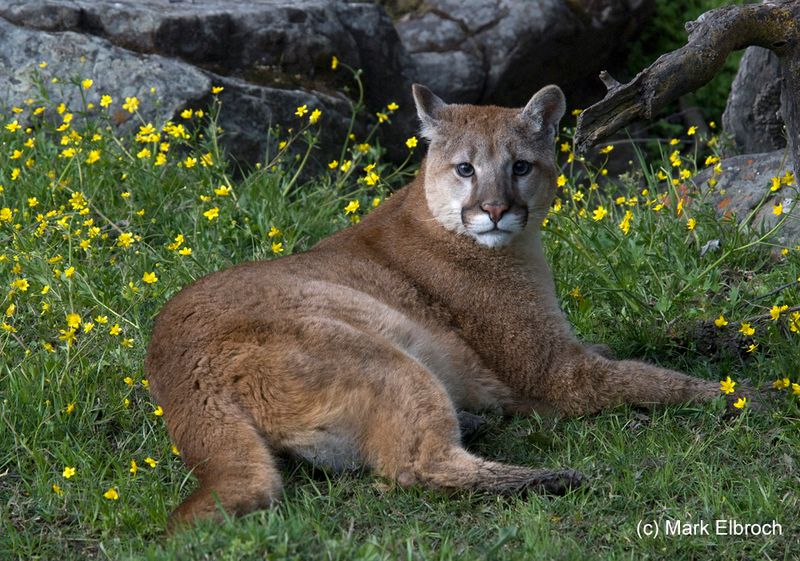
Silent and powerful, these tawny predators moved like ghosts through colonial forests. Settlers reported hearing blood-curdling screams in the night—sounds resembling a woman’s terrified cry—creating legends that spread through early American settlements.
Unlike European big cats, Eastern cougars could leap 20 feet horizontally and 8 feet vertically from a standstill. Their solitary nature and incredible stealth meant most colonists never spotted them, though evidence of their powerful presence—massive paw prints and partially eaten prey—kept settlers in constant vigilance.
8. Red Fox
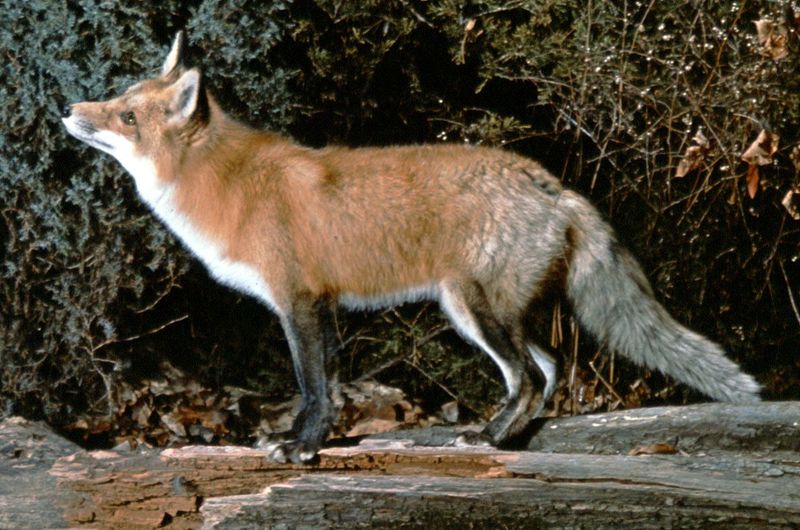
Cleverer than their European cousins, American red foxes quickly adapted to colonial settlements. Settlers watched in amazement as these cunning creatures developed new hunting techniques specifically for farm environments, demonstrating remarkable problem-solving abilities.
Their vivid rusty coats and bushy white-tipped tails made them easily recognizable. Native American stories about the fox as a trickster spirit seemed confirmed by settlers’ own observations of these animals’ intelligence, leading to a mix of admiration and frustration as foxes regularly outwitted human attempts to protect livestock.
9. Raccoon
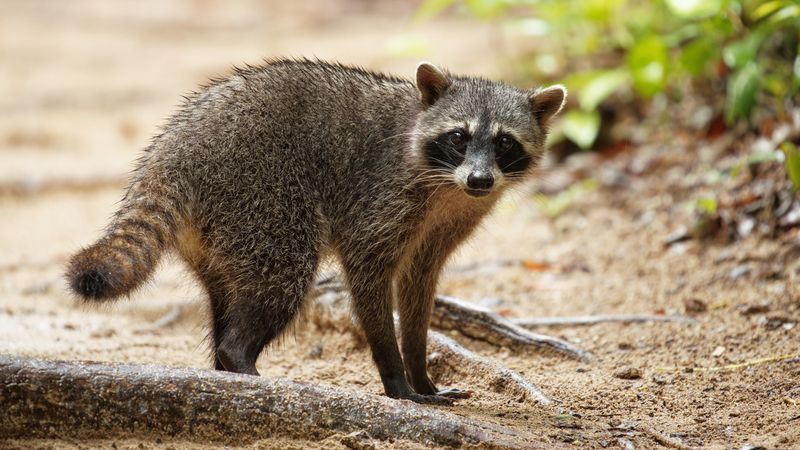
No European animal prepared settlers for these masked bandits with humanlike hands. Raccoons’ dexterous front paws could manipulate complex latches and untie knots, leaving colonists astonished at their problem-solving abilities.
Nighttime raids on food stores became legendary among early settlements. Native Americans shared stories of the raccoon’s intelligence and adaptability, which settlers initially dismissed until experiencing it firsthand. Colonial journals describe elaborate measures taken to raccoon-proof storage containers—most of which these clever creatures eventually defeated.
10. Wild Boar
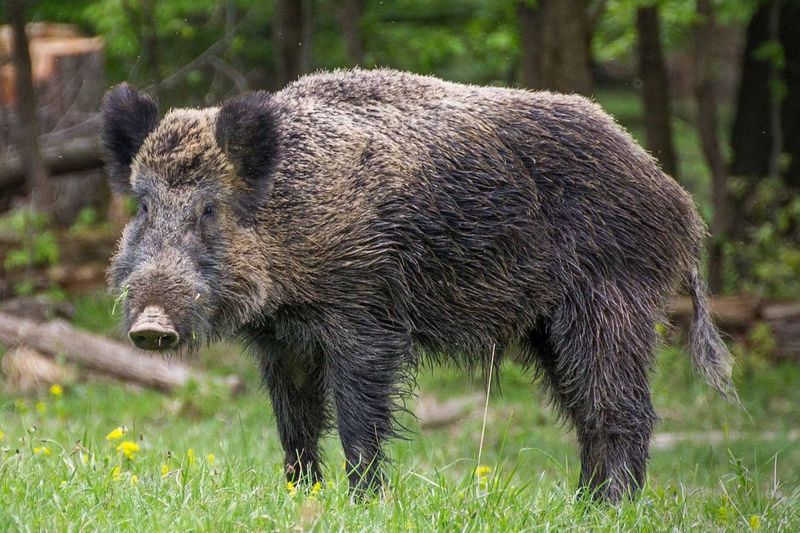
Ferocious and unpredictable, wild boars struck fear into early colonists with their knife-like tusks and surprising speed. These formidable creatures could charge at 30 mph and possessed enough strength to flip a small boat.
While Europeans were familiar with domestic pigs, America’s feral hogs—descended from escaped European stock—quickly adapted to the wilderness, growing larger and more aggressive. Native Americans warned settlers about confronting these animals, especially mothers with piglets, advice that was sometimes learned the hard way through dangerous encounters.
11. Mountain Lion
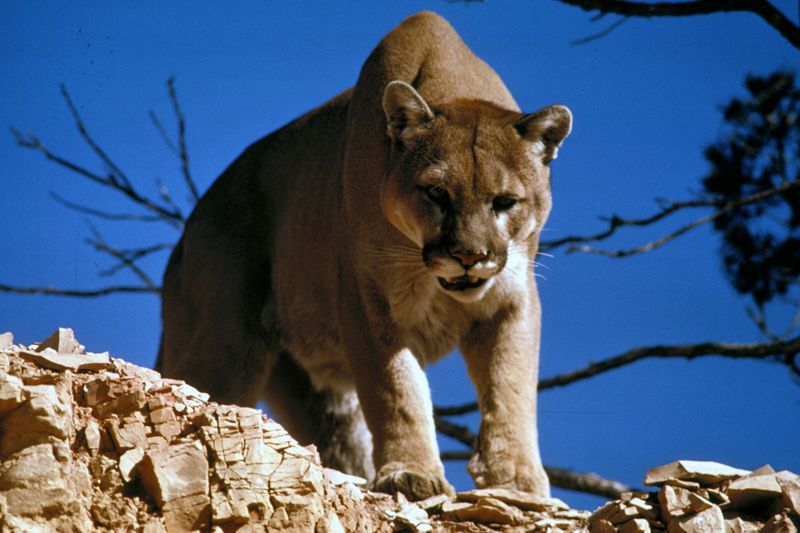
Known by many names—puma, cougar, catamount—these powerful cats embodied the untamed wilderness to early settlers. Their incredible jumping ability allowed them to pounce from towering heights, while their territory could span hundreds of miles.
Colonial records describe the awe and terror of hearing their distinctive screams echoing through mountain valleys. Unlike European predators, mountain lions could adapt to virtually any habitat from desert to forest. Settlers noted their almost supernatural ability to appear and disappear without warning, fueling both respect and fear.
12. Common Raven
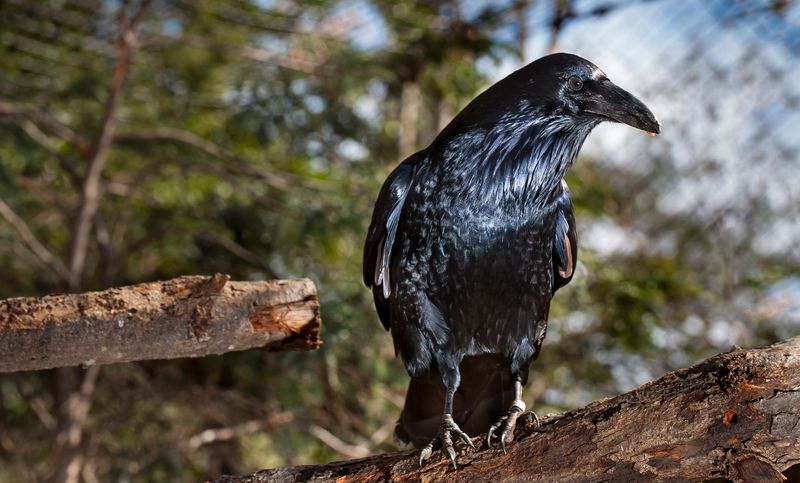
More than just black birds, ravens displayed intelligence that bordered on supernatural to colonial observers. Settlers watched in disbelief as these clever corvids used sticks as tools, solved complex problems, and appeared to communicate through an elaborate system of calls.
Native American reverence for ravens puzzled many Europeans until they witnessed the birds’ remarkable behaviors firsthand. Ravens could mimic human speech and remember human faces for years. Their presence at battlefields and their scavenging nature contributed to folklore that followed settlers across the continent.

